How to let nature take its course in your edible garden (and reap the benefits)
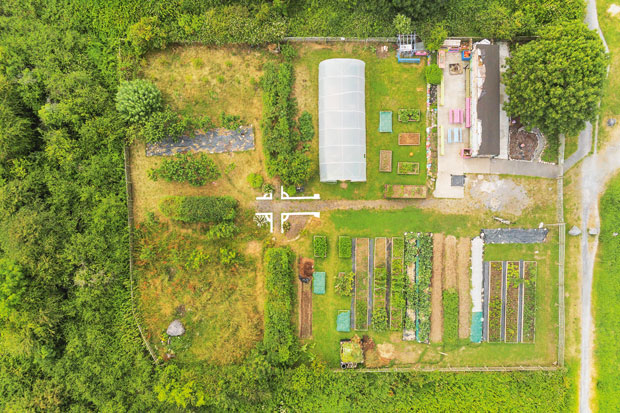
If your goal is to grow nutrient-rich food in sync with nature, the key to getting it right starts long before you plant anything.
Words: Sheryn Dean
There are infinite techniques used to grow food, each focused on a different outcome. Square foot gardening is focused on maximum production from minimum space.
Commercial agriculture is focused on maximising profit. Food forests are (incorrectly) seen as a low-maintenance option. Permaculture aims to be sustainable. Organic is often (again erroneously) viewed as spray and chemical-free.
My desired outcome is healthy, nutrient-rich food, full of the vitamins and minerals that will feed and fuel my body. The most effective systems in my orchard and garden are those most closely aligned with natural processes. The laws of Nature are designed to accumulate maximum nutrients, which equals health and survival for the plant, and for me when I eat it.
All I need to do is: provide the resources; minimise any negative impact from human interference; literally, let Nature take its course.
Whatever your priorities, all growing methods are based on the laws of Nature. That’s despite many humans believing if we use chemicals and other techniques, we can improve on a system that has evolved over millennia.
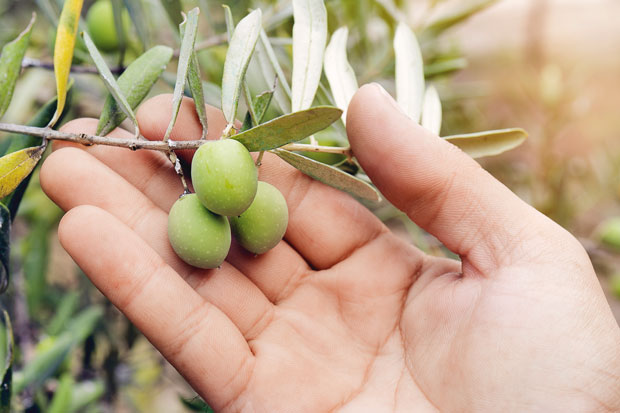
Science doesn’t even understand all the processes and interactions of Nature yet, let alone know how to adjust them without triggering unforeseen side effects. We’re making huge advances and understand a lot more than we did 50 years ago. We now know how essential bacteria are in an ecosystem.
We’ve learned about mycorrhizal fungi and how they assist the root mass to take up nutrients. The latest research is investigating how viruses aid interplant communication.
Nature has incredibly complex interactions that foster interdependency, all helping to aid the survival of plants in the environment. But mostly what we’re learning is how much we don’t know.
We do know there’s an intrinsic link between sustainability and survival. Plants in the right place taking resources supplied by a healthy ecosystem accumulate what they need to be healthy, resist pests and diseases, and produce the most nutrient-rich fruit and/or foliage.
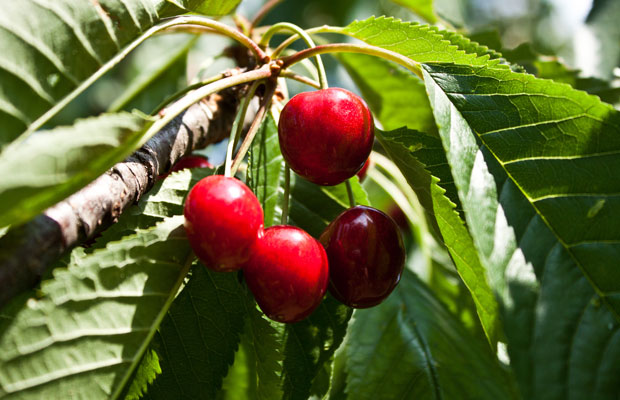
All you need to do to grow nutrient-rich food is to encourage a healthy ecosystem, with as little tweaking as possible. The problem is this country’s ecosystem evolved without humans or mammals (other than bats), so it’s missing the plants we need to thrive.
To get the food you want, it’s necessary to tweak nature a little. The secret is minimising the tweak and its side effects as much as possible.
THE RIGHT GENETICS
New Zealand spans a subtropical-temperate latitude. This gives it a climatic range that means we can grow a wide variety of foods from around the world: apples from Europe, potatoes from Great Britain, tomatoes from South America, peaches from Asia, watermelon from Africa, and so on.
You need to match your block’s climate or create micro-climates to suit the natural growing conditions of different plants. For example, olives come from the hot dry Mediterranean. They’ll grow in the Waikato, but are prone to fungal diseases, whereas they thrive in Northland.
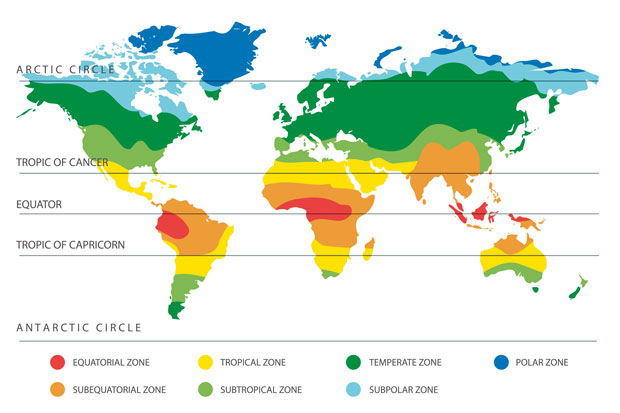
The origins of popular fruits: 1. Bananas / 2. Avocados / 3. Cherries (sweet) / 4. Citrus / 5. Apples / 6. Feijoas
Cherries need long winter chill to stimulate fruit production and mineral-rich soils, making Otago the perfect spot. Bananas originated in the Southeast Asia region, and won’t survive anywhere too cold. In NZ, that’s mainly north of Auckland, and south to the Bay of Plenty. However, NZ’s warming climate means a large commercial plantation is planned for Gisborne, with test planting already underway.
Varieties and cultivars suited to their surroundings will flourish and reproduce. Those that don’t will struggle and die. It’s crucial to select suitable species, varieties, and cultivars that have adapted to your climate. They’ll be more likely to grow and feed you with the least amount of interference.
THE BEST WAYS TO ECO-SOURCE FOOD PLANTS (& WHERE NOT TO)
Matching plants to a climate is a hugely important component of natural growing. When you’re starting out, knowing which plants to select isn’t easy. A nursery selling locally sourced, suitable species at seasonally correct times and giving local-climate advice is rare. Most garden centres and big nurseries sell the same, well-known, popular plant varieties nationwide.
The best information will come from the people who live around you, who have the same soils, same rainfall, same chill hours, and same pests as you. Look over the fence, and ask:
– your neighbours;
– local gardening groups;
– the local Tree Crops Association branch (www.treecrops.org.nz)
– local Facebook groups.
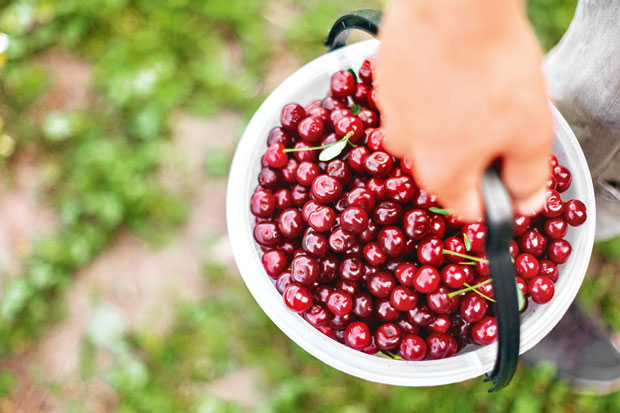
If you source seeds or grafted varieties that thrive in your region, you’ll get the species and variety (or cultivar) that’s already proven itself in your conditions. I’ll often ask a stranger about a tree if I like what I see. I’ve never met a gardener who wasn’t happy to share what they know. As a bonus, you’ll usually get a sample tasting, knowledge on its uses, and ripening times.
SHERYN’S TIPS: If you do get something from a fellow gardener, always record the plant’s name, so you can pay it forward to others at some point.
Try propagating plants from cuttings or seeds. Experiment – you can always remove an unsuitable plant.
SHERYN’S APRICOT QUEST
Of all the stone fruits, apricots are the most climate-sensitive. Many varieties don’t perform well outside of their narrow geographic regions. The 19 varieties I tried all grew well in the Waikato but didn’t produce many, or any, fruit.
WAS IT LACK OF WINTER CHILL?
I first thought it was because my block didn’t get enough cold hours in winter. Apricot trees need 200-500 hours below 7°C in winter (depending on the variety) to stimulate flowering buds in spring. I sourced some varieties that were fruiting in Thames and Auckland, with similar chill hours to mine. None produced fruit.
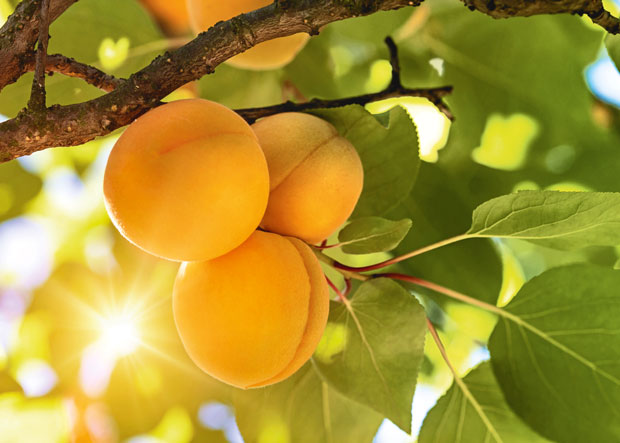
TREE AGE?
Patience isn’t my strong suit, but I waited. I waited 15 years and still only got a handful of fruit.
PRUNING?
My dad believes severe summer pruning stimulates fruit production. I bet him a bottle of whiskey it didn’t and let him loose with a chainsaw on a tree. I didn’t have to buy the whiskey.
SOIL?
There’s a saying that apricots only grow where there’s gold in the soil. It’s true apricots flourish in Otago (site of NZ’s largest gold mine), and originate from the world’s largest gold producing country, China. But even if there’s truth to it, I’ve never had gold to spare, and certainly not for apricots.
However, I did supplement the soil with trace minerals and held back on nitrogen. Still no fruit. Perhaps, one friend suggested, it was because my soil was too deep?
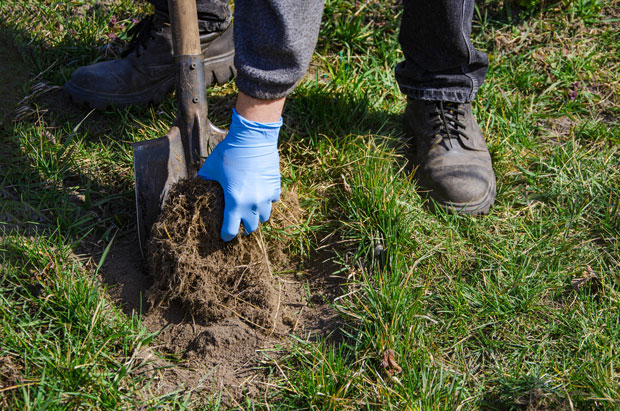
In Otago, apricots grow in shallow soils with rocky pans blocking deep root growth. I planted over a high-water table, the best I could do to imitate a rocky pan. The seedling trees died due to waterlogged roots. The grafted ones survived but still didn’t fruit.
POLLINATION?
With 19 varieties and the same number again of seedling-grown trees, I was confident I had that covered and could discount it.
THE WINNER
Finally, a friend of a friend told me about a commercial variety grown for Waikato conditions. It’s specially bred and covered by plant variety rights (PVR). I begged, agreed never to propagate from it, and managed to get two Kioto® apricot trees.
I planted one in the orchard and one in a paddock and gave them my standard super mulch. Within a season, they were fruiting, proving all I needed was the variety that best suited the subtleties of my climate.
MORE HERE
Sheryn Dean’s top 10 strategies for the ultimate lifestyle block
Love this story? Subscribe now!
 This article first appeared in NZ Lifestyle Block Magazine.
This article first appeared in NZ Lifestyle Block Magazine.
